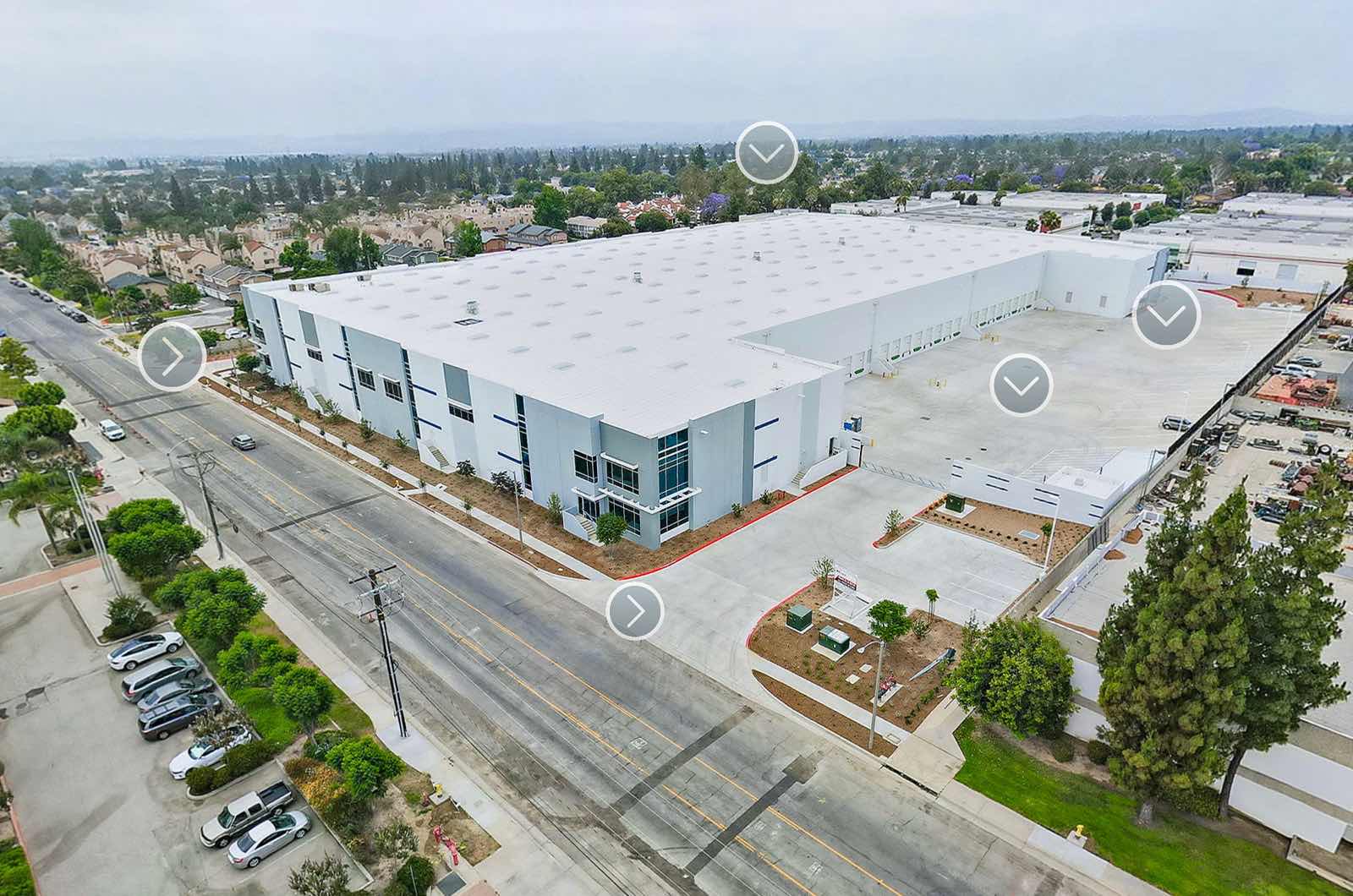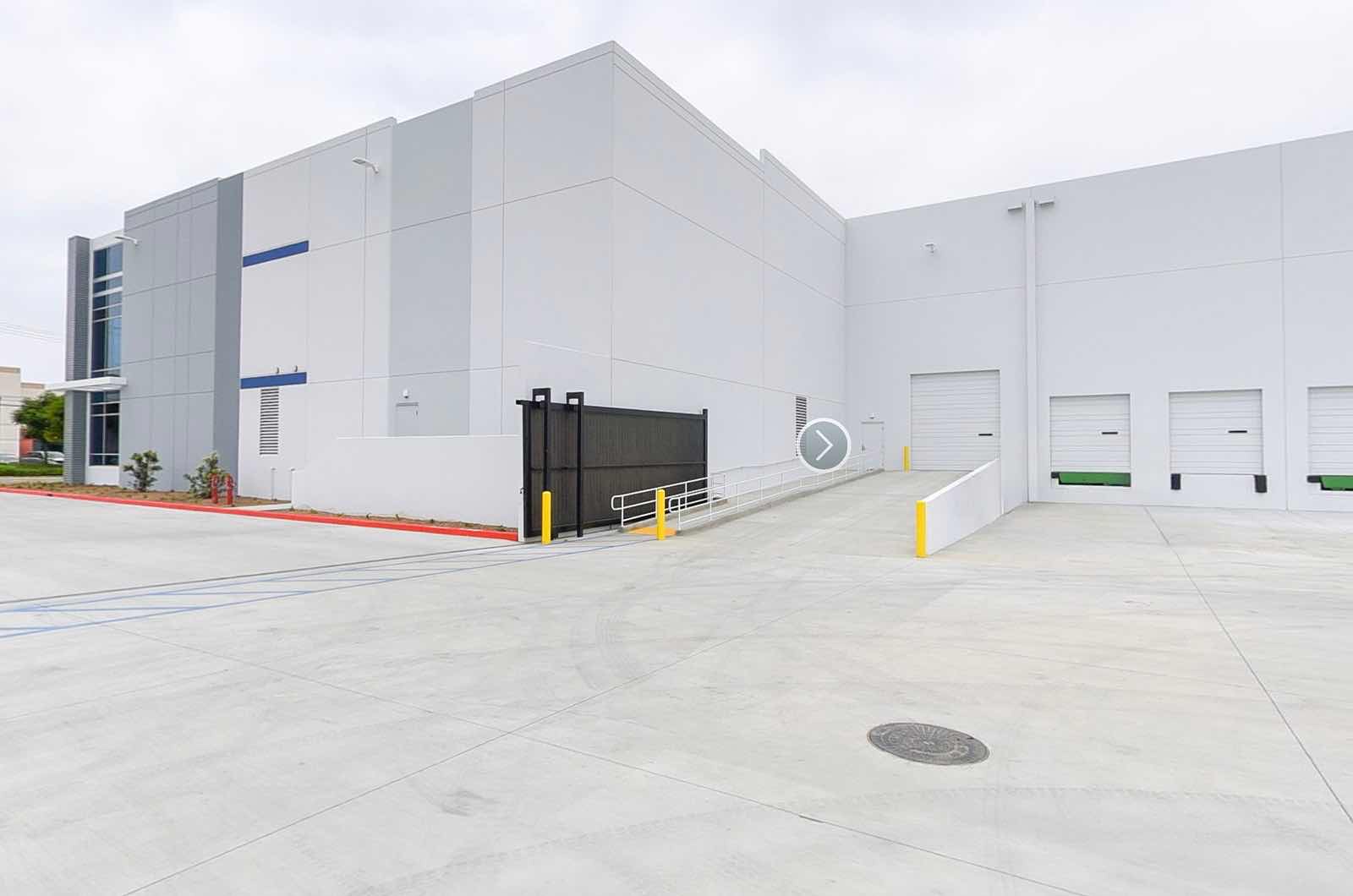In today’s digital landscape, both 360 virtual tours and regular video tours have gained prominence, especially in industries like real estate, tourism, and retail. While both offer the allure of digitally ‘visiting’ a place, they are fundamentally different experiences. If you’re on the fence about which medium is the right choice for showcasing your property or business, this blog aims to shed light on the distinct characteristics of each. Let’s explore the unseen angles of 360 virtual tours and why they stand apart from their video counterparts.
The Dimension of Control: Viewer vs. Director
Viewer Empowerment in 360 Tours
One of the groundbreaking aspects of 360 virtual tours is that they hand over navigational control to the viewer. Unlike regular video tours where the direction is determined by the videographer, 360 tours let viewers choose where to look. This interactive aspect is not just a gimmick; it’s a transformation in how consumers engage with digital spaces.
Directed Narrative in Video Tours
Regular video tours follow a linear narrative curated by the creator. While they can be highly informative and artistically shot, they don’t allow the viewer to stray off the presented path.
Personalization: A New Frontier in 360 Tours
Customizable Routes
In a 360 virtual tour, visitors can choose their own route. For example, if someone is more interested in the kitchen layout than the living room, they can navigate there directly without having to skim through unrelated segments.
Feature Highlighting
Some advanced 360 tour platforms enable viewers to highlight features of interest, such as architectural details or amenities, enhancing personal engagement.
Gamification
The interactivity of 360 tours opens doors to gamification. Imagine a prospective student participating in a virtual campus tour where they can earn points or unlock content by visiting different departments.
Realism and Immediacy: Beyond The Visuals
Spatial Awareness in 360 Tours
360 tours offer viewers a better understanding of space and layout. They can look up, down, and all around, getting a comprehensive sense of the place.
Emotional Connection
The interactive, exploratory nature of 360 tours allows viewers to form a more emotional connection to the space. They can imagine themselves being there more vividly compared to a linear video walkthrough.
Analytical Depth: Unseen Angles
Behavior Tracking
One of the lesser-known advantages of 360 virtual tours is the capability to track viewer behavior. You can see where people are looking, how long they stay, and what features capture their interest.
SEO Benefits
Due to their interactive nature, 360 tours keep visitors engaged longer, which can positively impact your website’s SEO.
Practical Tips for Decision-Making
- Purpose and Audience: If your goal is to provide a guided, informative narrative, a regular video tour might be the best option. If you want to give viewers the freedom to explore, opt for a 360 tour.
- Budget and Resources: Regular video tours can often be produced more quickly and might require fewer resources. 360 tours, while potentially more costly, offer interactive features that may offer a better ROI in the long run.
- Tech Savviness: Consider your target audience’s comfort level with technology. While younger demographics may appreciate the interactivity of 360 tours, older audiences might prefer the straightforwardness of a video tour.
Conclusion
While both 360 virtual tours and regular video tours offer unique ways to showcase spaces, the key difference lies in the level of interactivity and engagement. The choice between the two should be dictated by your specific needs, the nature of the space you’re showcasing, and the audience you’re trying to reach. With the ability to give control to the viewer, provide a sense of spatial awareness, and even offer analytical insights, 360 virtual tours are more than just a technological advance; they’re a paradigm shift in digital engagement.







